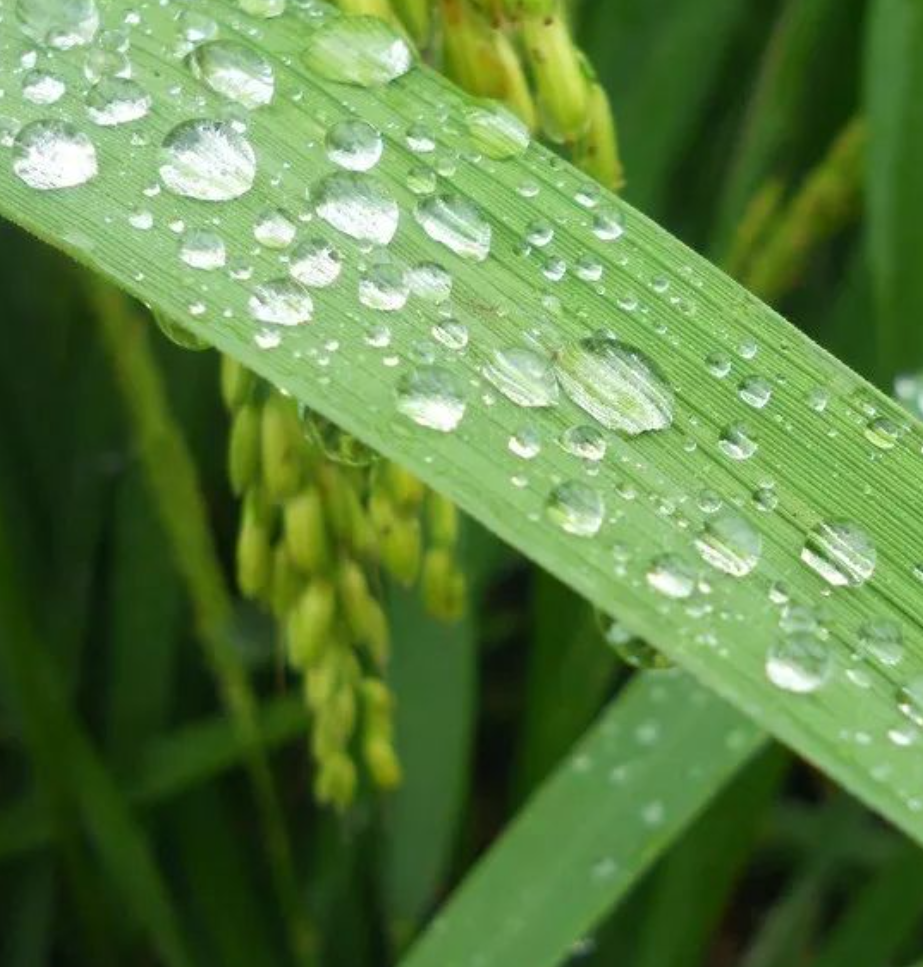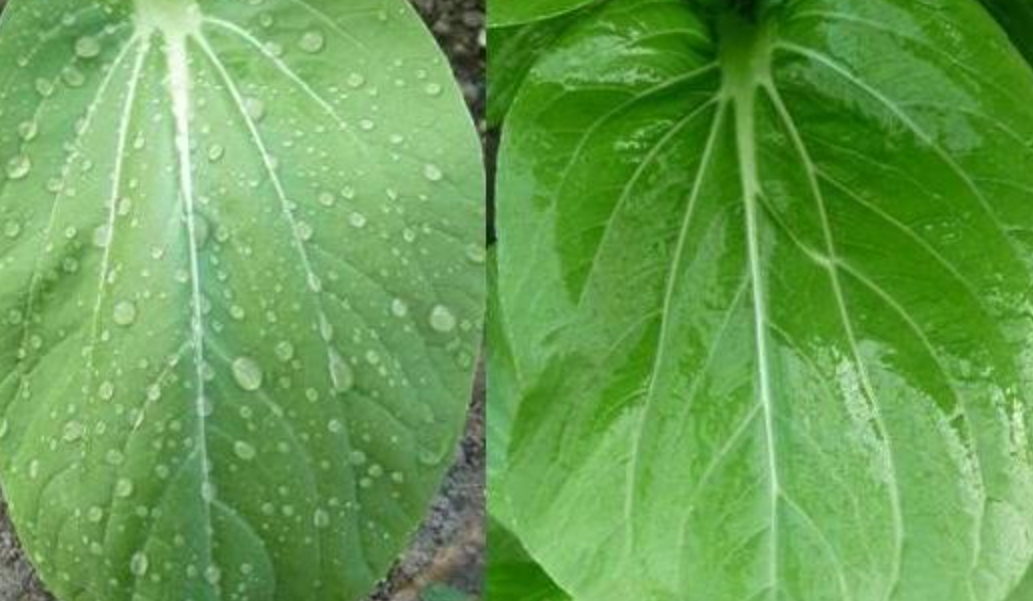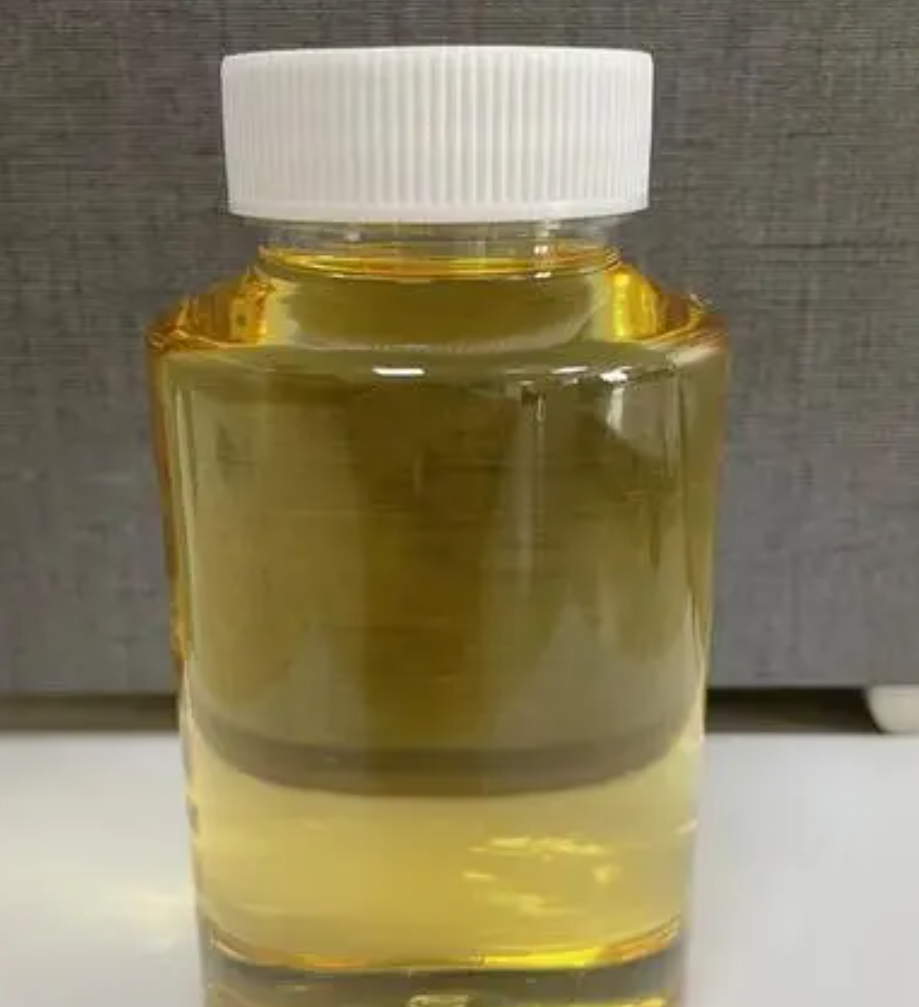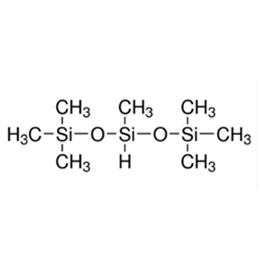Silicone surfactants can be widely used in the spraying of agrochemicals such as insecticides, fungicides, herbicides, foliar fertilizers, plant growth regulators, micronutrients, and biopesticides. The amount of pesticides in the seedling farm is relatively large, some seedling farms often add cationic surfactants to pesticides in the process of use, and the most commonly used additives are silicone surfactants, such as anionic silicone surfactant, cationic silicone surfactant. Why use silicone surfactants in agriculture?
Agricultural silicone spray additives, which are widely used in pesticides and the original drug do not decompose with ultra-low surface tension and super expansion capacity (expansion capacity 9 times greater than pure water), it can be very good to enhance the liquid on the plant surface, insect surface penetration and coverage, thus improving the efficacy of the drug; In addition, it also enhances the ability of pharmaceutical resistance to rainfall washout. This reduces the dosage of pesticides accordingly.
There are six aspects for introducing silicone surfactants in agriculture:
- What is an agricultural silicone surfactant?
- What is the role of silicone surfactants?
- What are the features of agricultural silicone surfactants?
- What are the precautions when using silicone surfactants?
- What is the application of pesticide surfactants?
- How do silicone surfactants perform better?
1. What is an agricultural silicone surfactant?
The processing of pesticide formulations can not be separated from the surfactant, pesticide dosage (including emulsifiable concentrate, aqueous solution, microemulsion, wettable powder, soluble powder, dispersible granules, granules, wetting agents, etc.) of the processing of the different categories of surfactants should be added. Different from other applications(such as polyurethane foam), the addition of surfactants greatly reduces the surface tension of the aqueous solutions and enhances the wetting, spreading, and adhesion of the agent on the surface of the plant or pest, thus improving the efficacy. The current application of pesticide surfactants is mainly the silicone class. Silicone pesticide surfactant itself does not have any insecticidal and bactericidal effects, but its emulsification and spreading will affect the efficacy of pesticides.
If the R group contains structural units such as alkyl quaternary ammonium compounds, it is called a cationic silicone surfactant. When the R group contains structural units such as phosphate, sulfate, carboxylate, sulfonate, and sulfosuccinate ester, it is called silicone anionic surfactants. Among the silicon non-ionic surfactants(made by ethylene oxide), Polysiloxane-polysiloxane block copolymers are the most important.

Silicone polymers are chemically synthesized compounds containing SI-C bonds, such as silicone emulsions. Silicone surfactants (including anionic silicone surfactants and others) do not have their own activity, but when mixed with the corresponding pesticides can significantly improve the activity of pesticides, the behavior of silicone surfactants helps reduce the pesticide surface tension in the seedling leaves and enhance the pesticide in the leaf surface of the wetting, adhesion ability.
Agricultural silicone surfactants can improve the adhesion and penetration ability of the liquid, especially for some crops with a thicker waxy layer of leaves, and can help the pesticide quickly play the efficacy of an agricultural additive.
XJY-703 Heptamethyltrisiloxane
It is the basic material for synthetic Polylkyleneoxide Modified Heptametytriloxane, which is a kind of specific structure surfactant for pesticide additives, and coating additives, and also can be used in flexible polyurethane foam.

2. What is the role of silicone surfactants?
(1) Improve efficiency
Silicone surfactant in agriculture is a super spreading agent that can effectively reduce the surface tension of water so that the liquid can wet the surface of seedlings and insects faster, through the insect stomata, joint membrane, and plant stomata, penetrate the wax layer of the role of adsorption to improve the efficiency of adsorbent insecticides.
At the same time, it will make droplets on the leaves to reduce the impact and reduce the chance of occurrence of droplets bouncing.

(2) Reduce the amount of water and pesticides
Silicone surfactant mainly reduces the surface tension of the liquid in the leaf, so that the liquid quickly spreads and penetrates the leaf, reducing the waste of pesticides caused by liquid droplets. The better the quality of the silicone, the lower the inter-interfacial surface tension, and the better the effect of the liquid extension.
High-quality silicone has a strong resistance to rainwater washout. In the rainy season to prevent pests and diseases, the choice of high-quality silicone surfactants can substantially improve the efficacy of the pesticide to extend the residual period of the pesticide and reduce the amount of pesticides. At the same time, silicone toxicity is small, it is harmless to the environment.
(3) Reduce labor costs
Silicone agricultural spray additives can help save up to 70% of the water if it can be effectively promoted, and can undoubtedly play a role in alleviating the increasingly tense water resources.
Compared with traditional additives, silicone agricultural spray additives have a good penetration effect, a small amount of spray can achieve the desired effect, thus saving costs and reducing the amount of labor of farmers, which has the application of broad prospects. `

3. What are the features of agricultural silicone surfactants?
Silicone surfactant has good spreading and permeability. It has efficiency, labor-saving, water-saving, and drug-saving properties in agriculture. Silicone agricultural spraying additives can help improve yield and reduce the adverse effects of pesticides on the environment.
They allow sprayed agrochemicals to perform better, spread more easily, and absorb more quickly without being easily washed down, making them "rain-wash resistant".
Specifically, these additives make it easy to penetrate the plant surface for solutions containing pesticides, growth regulators, and other chemicals.

This spreading ability means that only a small amount of spray is needed to achieve the desired spray effect. When spraying pesticides, it can save up to 50 percent of the water used. This reduces waste and the amount of pesticide lost to the soil and groundwater, which in turn reduces pesticide residues in the environment. It has the following properties in control:
(1) Pest control
The effect of multiple pesticides on the higher larvae can be improved through effective mixing.
Through the stomata pests silicone surfactants can directly reach the body of the pests, in the case of low tension can reach the body of the pests through the stomata of the pests' body surface, and accordingly improve the efficacy of some touch kill agents.
(2) Good adherence
Silicone surfactants can improve the utilization rate of pesticides and effectively reduce the number of labor.
(3) Good coverage
In the control of rice fly and orchard pest control, the tension can effectively spread the agent to the base of the rice bush and the back of the leaf surface which is not sprayed by the pesticide and other places that are difficult to be sprayed.
(4) Low expansibility
Silicone surfactants can promote the adsorbent fungicide and herbicide, through the stomata of the plant leaf surface directly diffused into the plant leaf tissue, playing a good role in assisting the absorption.
(5) Good mixability
It can be mixed with a variety of pesticides (insecticides, fungicides, herbicides, foliar fertilizers, bio-fertilizers).
(6) Timeliness
It is easy to hydrolyze, and it is best to spray it within 4 hours after it is prepared into liquid.
4. What are the precautions when using silicone surfactants?
(1) Not all pesticides need
Some pesticides have been added in the production process of certain surfactants, and these pesticides if used again to add silicone and other additives may cause harm. In general, emulsifiable oil products try not to add agricultural silicone.
Fungicides, pyrimethanil, ethermide, and pyrazole ethermide, permeability are relatively strong, and can not add silicone, selective herbicides generally do not add silicone, because of its unique strong permeability, which may also lead to drug damage.
(2) Dosage should be appropriate
It must be used in strict accordance with the instructions, and can not arbitrarily increase the concentration, otherwise, it is very easy to cause drug damage.
At the same time, it is best to apply the drug before 10:00 a.m., and after 4:00 p.m., to avoid high-temperature drug application.
(3) Ayes protection
When dosing should be well protected, pay special attention to the protection of eyes.
(4) Avoid damage
When dosing with appropriate acceleration, going too slow may lead to too much liquid on the seedlings, thus resulting in drug damage.
5. What is the application of pesticide surfactants?
In terms of current technology, because the silicone surfactant is extremely easy to decompose in acid conditions, only when the pesticide formulation of the PH value is 6.0-8.0 to ensure that the silicone surfactant does not decompose. (e.g. 41% glyphosate aqueous PH index between 4.0-8.0). Pesticide surfactants can be added to pesticide dosage forms in two ways.
(1) One is that you should directly mix with the original pesticide drug to configure the dosage form products.
(2) The other is that as a barrel mixing additive it can be mixed and used in the field now.
At present, the first direct and pesticide mixing additives are more varied, the application is not introduced here. The second kind of agricultural surfactants are mixed and used now, and there are two types in the market:
The first type is the agricultural auxiliaries with permeability function with the main component of high gold thioketone, nitrone, and so on.
The second category is silicone agricultural surfactants made with modified Polytrisiloxane as the main component of the compounded, which not only has good permeability but also has good spreading.
6. How do silicone surfactants perform better?
The corresponding advantages of silicone surfactants determine that they have a great development prospect, especially in the fruit area, rice area, vegetable area, and other large crops to be used to control diseases, insects, grasses, and grasses. How to improve the competitiveness of your products?
XJY Silicones is one of the leading silicone MQ resin and VMQ silicone manufacturers in China, with more than 30 years of R&D and manufacturing experience in the silicone industry and more than 15 related patents and technical support. Our silicone raw material products can meet the needs of the agricultural field and support the provision of diversified customized solutions.


